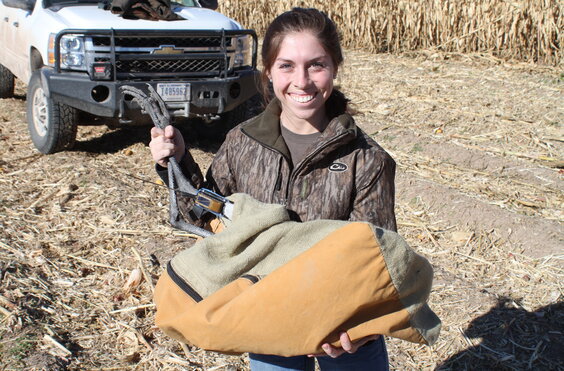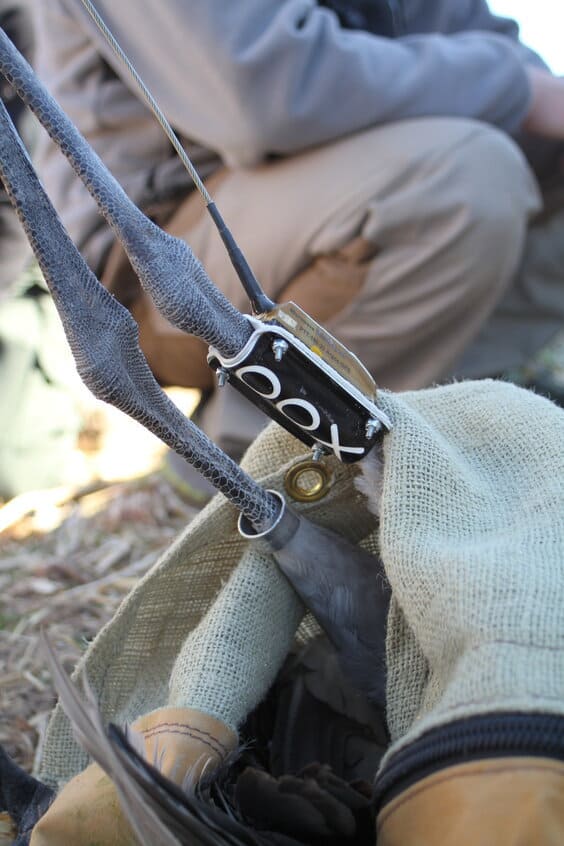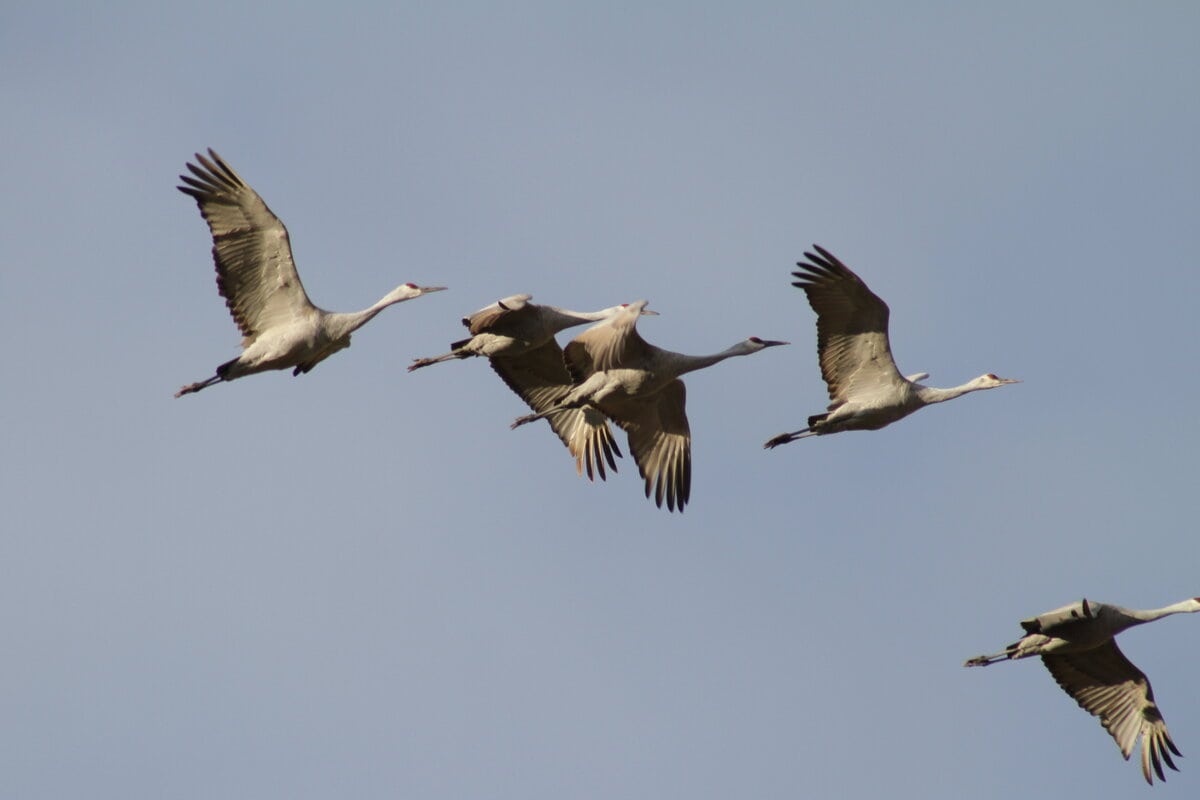By Daniel P. Collins, U.S. Fish and Wildlife Service, Southwest Region Migratory Bird Program
The lower Colorado River Valley (LCRV), from the Hoover Dam to the Sea of Cortez, historically supported > 400,000 ha of native riparian, marsh, aquatic, and intertidal habitats. However, over the past century, these habitats have been altered dramatically due to the construction of dams, river channelization, urban development, agricultural diversions, altered flood regimes, and invasive plants. Additionally, the Salton Sea within the Imperial Valley (IV) also makes up an integral part of the Colorado River Delta region (i.e., LCRV), that supports large numbers of diverse avian species and is one of the most important wetlands to waterbirds in North America. Degradation to these areas has affected wetland dependent species such as the LCRV Population of Greater Sandhill Cranes (Antigone canadensis tabida; hereafter crane(s)). Due to constriction of wintering habitat, cranes now winter in limited areas confined within southwestern Arizona and southeastern California, respectively.

Little research on cranes in the southwest has been conducted, even though the U.S. Fish and Wildlife Service and Pacific Flyway Council have prioritized identification of habitat deficiencies (i.e., roosting, loafing, and feeding sites). Given the known conservation threats to regional arid wetland resources and the limited information on cranes, an effective assessment of space use and habitat selection for wintering cranes was needed. Our objectives were to use location data from cranes tagged with satellite transmitters during winter to assess habitat selection of cranes and predict relative probability of use as well as identify resources in need of conservation measures (i.e., enhancement, easements, and acquisition).
We captured cranes at Cibola NWR, Sonny Bono Salton Sea NWR, and a private landholding outside of Brawley, CA in January and February 2014. Upon capture, we banded each crane with a U.S. Geological Survey aluminum band. From each capture, we selected a subset of adult cranes and affixed a solar powered platform transmitter terminal (PTT) tag that uses satellites to estimate the birds’ movements and locations. Over the course of the study, 21 cranes were captured and fitted with PTTs. Only cranes that had transmitters active through a full winter season (15 November –15 February; 2015-2016 and 2016-2017) were used in the analysis. Consequently, we used data from 10 of 21 cranes tagged with satellite transmitters (n = 4,644 locations) in the habitat selection analysis.

Our findings suggest cranes limit the distance between roost sites to the following day’s foraging locations. On each of our study areas, foraging sites (e.g., planted corn and other agriculture fields) are available near roost sites. Previous studies suggest reliable roosting habitat be a minimum distance from foraging and loafing sites to roosts < 10 km. Cranes in our study also selected for foraging sites < 10 km away from the previous night’s roosting location. Diurnal and roost selection of habitats by wintering cranes was consistent with other studies, emphasizing selection for agricultural crops (i.e., grains and alfalfa), open water, and seasonal wetlands.
Restoring natural or implementing artificial, but similar, hydrology to areas, as well as converting fallow fields and barren areas into wetlands that have historic wetland characteristics would benefit cranes in the Southwest. Creation of additional roost sites near important agricultural food resources could also offset the negative impacts on cranes due to historic wetland loss in the LCRV. Considering winter areas cranes inhabit and characteristics that exemplify reliable crane roost habitat, managing wetlands on Cibola and Sonny Bono Salton Sea National Wildlife Refuges and possibly local State Wildlife Management Areas or duck hunting clubs are likely the most feasible way to maintain and potentially increase available roost habitat given water scarcity issues. Encouragement to those managing wetlands as the importance of maintaining wetlands near agricultural foraging resources can be challenging to manage for in arid systems but are particularly necessary for this understudied and high conservation priority population of cranes. In this case, management efforts may be best suited for refuges and areas identified and enrolled in conservation incentive programs. To learn more, please review our paper.

